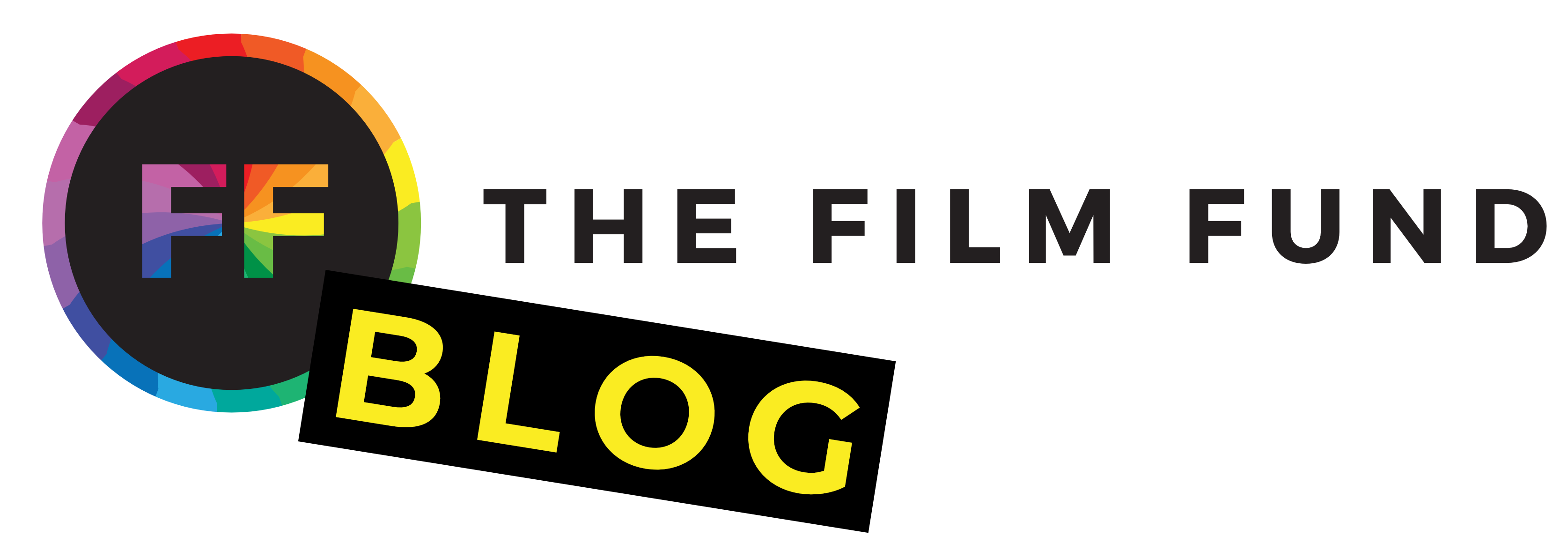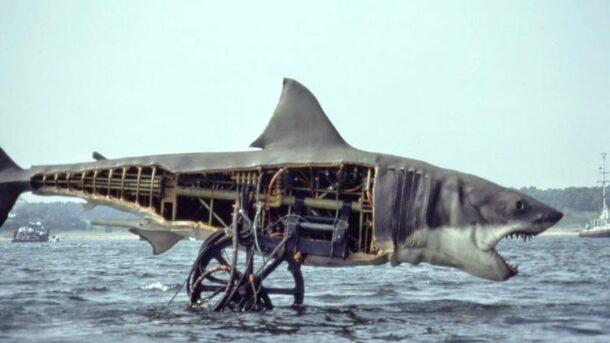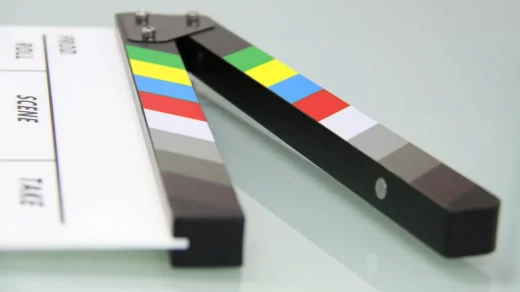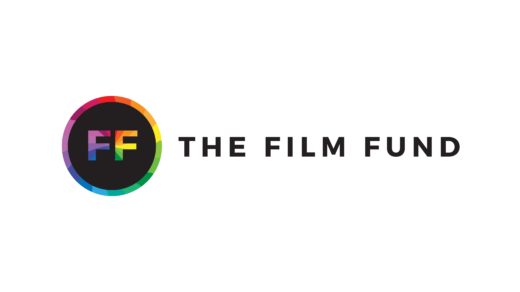In the pursuit of perfection, the film industry has, at times, overlooked the beauty of imperfection. We’re here to unravel the mysteries behind the magic that happens when filmmakers embrace accidents and allow them to take center stage. From iconic scenes born out of mistakes in movies to directors who champion spontaneity, we’re about to embark on a journey that will change the way you look at cinema forever.
Mistakes, blunders, and unplanned surprises – these are the elements that breathe life into films. They remind us that even in a meticulously planned world, spontaneity can be the driving force behind unforgettable moments. So, buckle up, fellow cinephiles, as we explore why, in the world of filmmaking, allowing accidents and mistakes to remain can result in pure cinematic gold.
The Art of Imperfection in Filmmaking
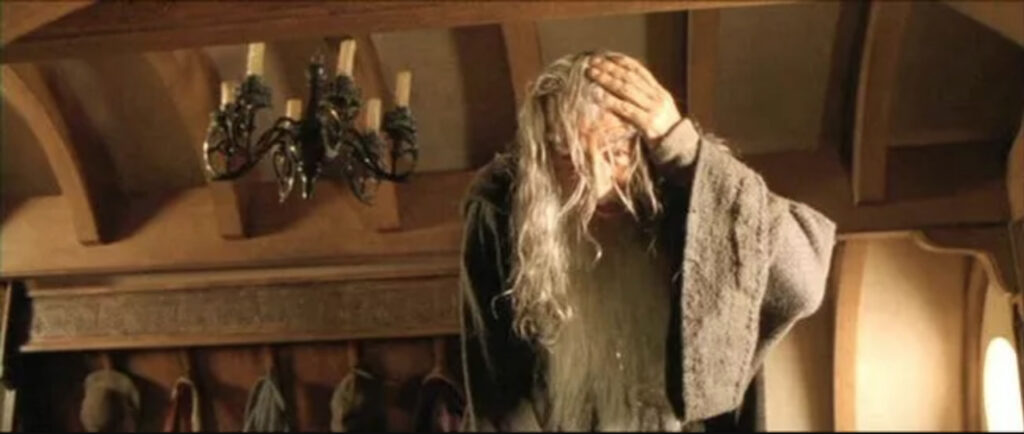
In a world that often celebrates perfection, the art of imperfection shines brilliantly in the world of filmmaking. Mistakes in movies are like the unexpected brush strokes of a master painter, adding depth, character, and authenticity to the canvas of cinema.
Perfection Can Stifle Creativity
Imagine a movie without any spontaneity, without room for actors to improvise, or without the chance for an unplanned gust of wind to tousle an actor’s hair – it might seem flawless, but it could also feel sterile and lifeless. This is where the allure of mistakes comes into play. It’s the unpredictability that keeps us on the edge of our seats, making us feel more connected to the story and characters.
Keeping Mistakes in is Tried and True
In the grand tapestry of cinema history, some of the most iconic moments were not meticulously planned but born out of serendipity. Think about the famous scene in “The Lord of the Rings” where Ian McKellen, playing Gandalf, hit his head on a low-hanging beam in Bilbo’s house. That wasn’t in the script, but it added an authentic touch to Gandalf’s character, showing his awkwardness in small spaces. We’ll take a look at more examples soon enough to better illustrate this point!
Creating Special Moments
These unplanned moments often lead to scenes that resonate with audiences long after the credits roll. It’s the imperfections, the unscripted laughter, and the genuine reactions that leave an indelible mark on our hearts. These are the moments that remind us that filmmaking is not just about following a script but about capturing the essence of humanity.
Next time you spot a subtle mistake in a movie – an actor stumbling over their lines, a prop falling at the wrong moment, or an unexpected animal cameo – remember that these are the little surprises that make the cinematic journey all the more enjoyable.
Happy Accidents: Examples from Cinema History
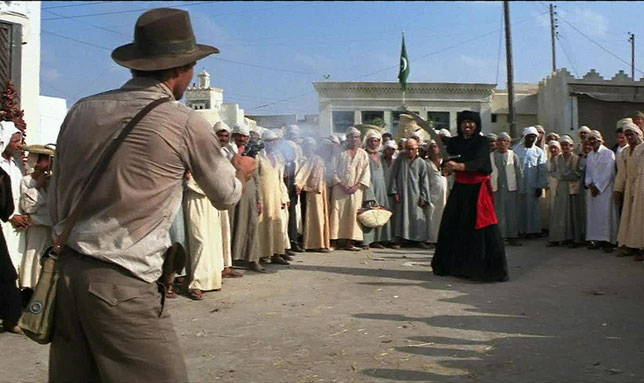
Now that we’ve introduced the beauty of imperfection in filmmaking, it’s time to delve into the treasure trove of cinematic history and uncover some delightful examples of mistakes in movies that turned into iconic moments.
Harrison Ford’s Quick Thinking in “Indiana Jones: Raiders of the Lost Ark”
Picture this: Indiana Jones, played by the charismatic Harrison Ford, is in a tense standoff with a menacing swordsman. In the original script, a lengthy and elaborate fight sequence was planned. However, fate had other ideas. On the day of filming, Ford was suffering from a severe case of food poisoning and wasn’t up to the physical demands of the scene. In a moment of brilliance, Ford suggested, “Why don’t I just shoot the guy?” And that’s precisely what happened. With a smirk and a quick draw of his gun, Indy dispatches his opponent, and a legendary movie moment was born.
The ‘Jaws’ Malfunction that Created Suspense
Steven Spielberg’s classic thriller “Jaws” is a masterclass in using unexpected hiccups to your advantage. The mechanical shark, nicknamed “Bruce,” was notoriously prone to malfunction. Instead of scrapping the project, Spielberg ingeniously decided to limit the shark’s screen time, keeping it mostly hidden beneath the water. This decision not only built suspense but also made the film more terrifying. “Jaws” became a blockbuster, largely thanks to the unintentional restraint enforced by Bruce’s technical issues.
“Casablanca” – A Happy Accident of Casting
The casting of “Casablanca” wasn’t a straightforward process. Ingrid Bergman, who played the female lead, Ilsa Lund, was initially considered a second choice, as the first choice, Hedy Lamarr, was unavailable. Similarly, the actor who portrayed the bumbling police officer, Claude Rains, had limited experience in comedy, yet his performance added a unique charm to the film. These casting decisions, driven by availability and necessity, ultimately contributed to the film’s timeless appeal.
These examples remind us that the unpredictable and the unintentional can lead to movie moments that resonate for generations. Mistakes in movies are often the sparks that ignite cinematic brilliance.
The Role of Directorial Genius
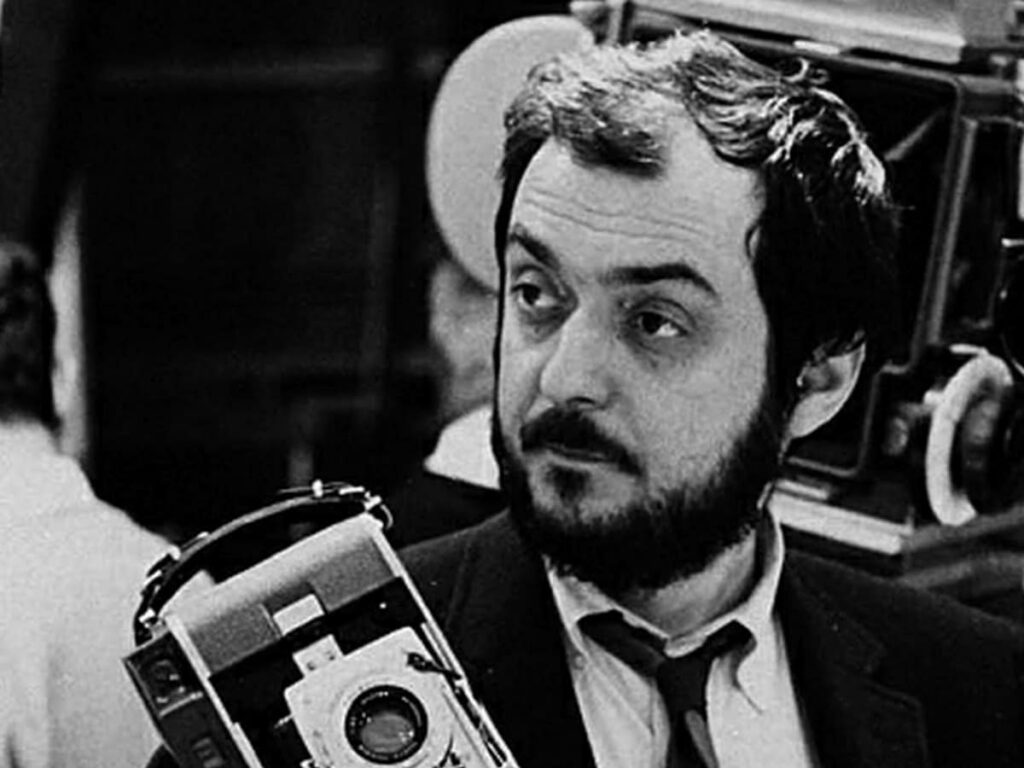
In our journey to understand the magic behind mistakes in movies, we cannot overlook the pivotal role of visionary directors. These creative maestros are not only responsible for steering the ship but also for recognizing and harnessing the potential of unplanned moments.
Recognizing the Diamonds in the Rough
Great directors possess a keen eye for the unexpected. They understand that sometimes the most authentic and emotionally resonant moments occur when actors deviate from the script. These directors see beyond the surface and recognize the diamonds in the rough – the moments when raw emotion and spontaneity collide to create something extraordinary.
Nurturing a Culture of Creativity
A hallmark of a directorial genius is the ability to foster an environment where actors and crew members feel encouraged to experiment and take risks. This culture of creativity often leads to the emergence of unscripted gems. Directors like Quentin Tarantino and Stanley Kubrick are celebrated for their willingness to let their actors improvise and explore their characters, resulting in unforgettable movie moments.
Embracing the Power of ‘Take Two’
Directors understand that perfection isn’t always achieved in a single take. They embrace the power of multiple takes to capture different nuances and, occasionally, to allow for spontaneous changes. The famous “Here’s Johnny!” scene in “The Shining” was originally scripted differently, but Stanley Kubrick’s decision to let Jack Nicholson improvise led to one of the most iconic moments in horror cinema.
These directors not only guide the ship but also navigate the unpredictable waters of filmmaking with finesse. They understand that sometimes the best way to capture the essence of a scene is to let it unfold naturally. Their ability to recognize and harness the power of mistakes in movies is a testament to their artistic genius.
Balancing Act: When to Keep and When to Cut
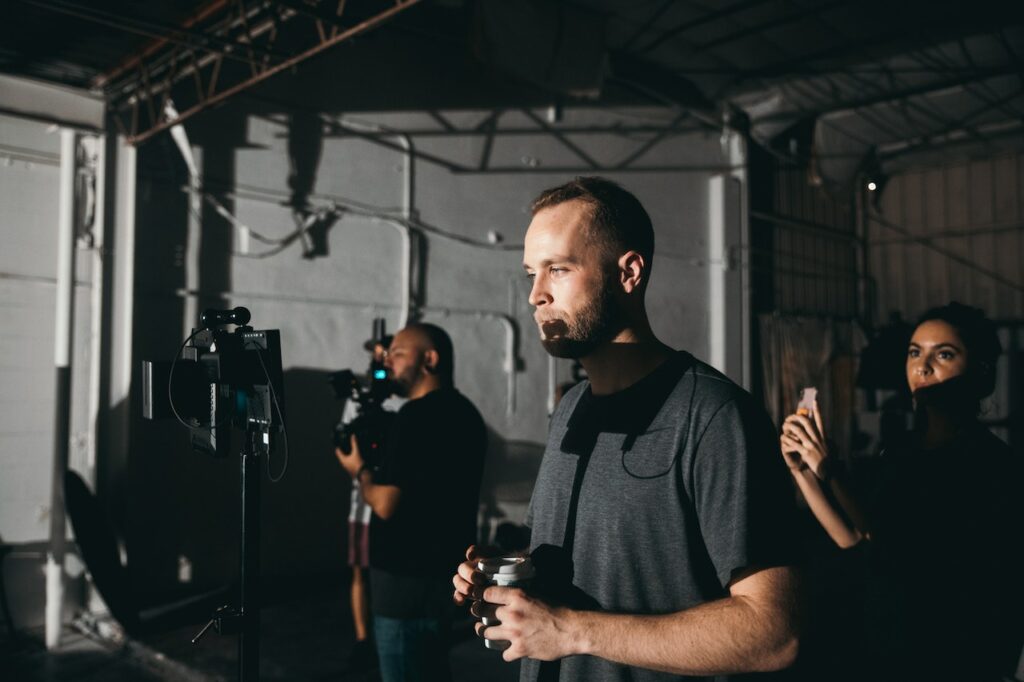
While the allure of spontaneity and mistakes in movies is undeniable, there’s a delicate balancing act that filmmakers must perform. It’s essential to know when to embrace these moments and when to make the tough call to rectify them. Let’s explore this intricate dance that keeps a film on course.
Embracing the Organic Flow
One of the key challenges for filmmakers is to maintain the organic flow of a scene while allowing for spontaneity. It’s crucial to recognize when a mistake enhances the narrative or character development. When an unscripted moment aligns with the story’s essence and the actors’ performances, it’s often worth preserving. Directors who strike this balance skillfully create movies that feel alive and genuine.
Staying True to the Vision
While embracing spontaneity is essential, it should never come at the cost of the film’s overall vision. Filmmakers must constantly evaluate whether a mistake aligns with the intended tone and message. If it deviates significantly, they may need to make tough decisions to ensure the film stays on track. This is where the director’s role becomes pivotal in maintaining the delicate equilibrium between creativity and coherence.
Practical Tips for Filmmakers
For aspiring filmmakers, navigating this balancing act can be challenging. Here are some practical tips to keep in mind:
Storyboarding
Start with a solid plan and storyboard, but remain open to deviations that align with the story’s emotional core.
Effective Communication
Foster open communication with your cast and crew, encouraging them to share their creative insights and ideas.
Multiple Takes
Don’t be afraid to shoot multiple takes of a scene, allowing for variations that might lead to unexpected brilliance.
Editing Magic
Post-production offers opportunities to salvage or enhance certain scenes. Skilled editing can sometimes turn apparent mistakes into assets.
In essence, the key is to strike a harmonious balance between the spontaneity that mistakes in movies can bring and the need to adhere to the film’s overarching vision. When done right, this balancing act can result in cinematic masterpieces that engage and captivate audiences for generations to come.
The Impact on Audience Connection

In the enchanting world of filmmaking, where spontaneity and last-second changes reign supreme, there’s a profound impact on the audience’s connection to the story and characters. Let’s delve into how mistakes in movies can create a powerful bond between viewers and the cinematic experience.
The Authenticity Factor
One of the most significant benefits of embracing spontaneity is the authenticity it brings to a film. When actors react genuinely to unexpected situations, it mirrors real-life emotions. These unscripted moments can make characters more relatable, as we see their vulnerabilities, quirks, and imperfections. As viewers, we appreciate the authenticity, and it draws us closer to the story unfolding on screen.
Emotional Resonance
Mistakes in movies often result in scenes that tug at our heartstrings. Whether it’s a spontaneous laugh, a tear, or an unscripted moment of tenderness, these emotions feel genuine because they are. These unplanned instances can be a direct line to our own experiences and emotions, making the connection with the characters and the narrative all the more profound.
Viewer Engagement and Empathy
When audiences sense that they are witnessing something unscripted and spontaneous, it deepens their engagement with the film. It’s as if they become active participants in the storytelling process. This heightened engagement leads to increased empathy for the characters, as viewers feel more connected to their journey. In turn, this emotional investment ensures that the impact of the movie lingers long after the credits roll.
In summary, the presence of mistakes in movies not only adds authenticity to the cinematic experience but also forges a unique bond between viewers and the world on screen. It’s these unexpected, unscripted moments that make us laugh, cry, and ultimately feel more connected to the stories being told.
In Conclusion
In the pursuit of perfection, we’ve discovered the beauty of imperfection. The unscripted laughter, the unexpected gestures, and the accidental surprises are what make films feel alive. They are the gems that shine amidst the polished scenes.
But let’s not forget the directorial genius that guides these moments, recognizing when to embrace them and when to steer the ship back on course. It’s a testament to the delicate balance between creativity and coherence that directors masterfully navigate.
For filmmakers and movie enthusiasts alike, mistakes in movies serve as a reminder that spontaneity and authenticity can elevate the cinematic experience. They create emotional connections, draw us into the narrative, and make us fall in love with the art of filmmaking all over again.
And if you’re a filmmaker who’s looking for a potential jump-start to their short film’s budget, enter our film funding contest! By submitting one sentence that explains the premise of your short film, you can win up to $10,000 in funding for your short film. Head on over to our sign-up page to learn more now!
